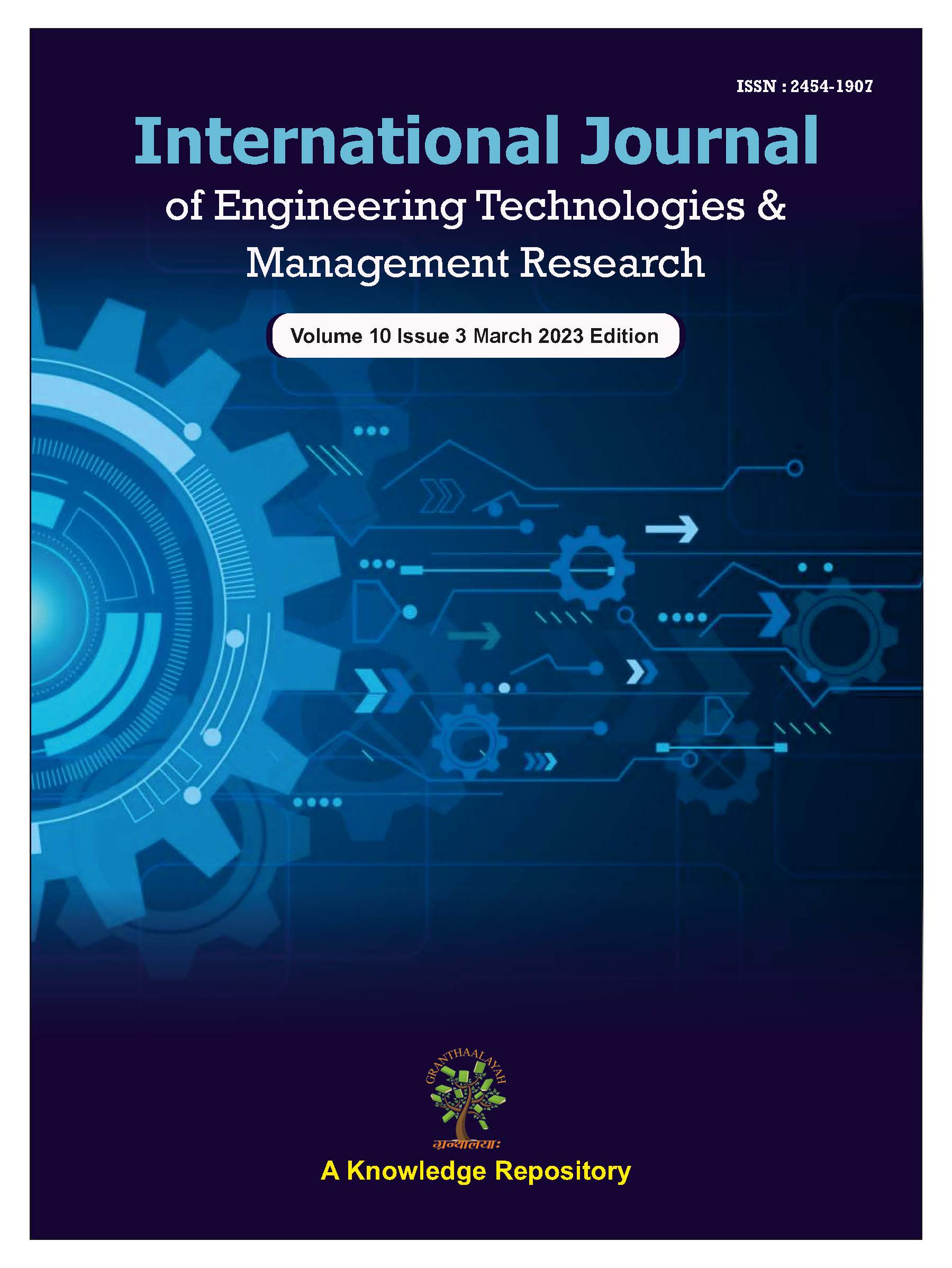DEVELOPMENT OF A LOW-COST SOLAR PYRANOMETER
DOI:
https://doi.org/10.29121/ijetmr.v10.i3.2023.1316Keywords:
Solar, Photovoltaic, Pyranometer, Irradiance, Calibration, MeasurementAbstract
Effective solar projects require effective solar data collection, however with the high cost of pyranometers in the market, there arose the need to construct a low-cost device for the purpose of solar radiation measurements. A device was thus developed in the University of Port Harcourt, River’s state, Nigeria by utilizing a photodiode, a thermistor, a lcd among other readily available components. Using a reference pyranometer for calibration, the device was able to deliver a mean global solar radiation value of 16.00MJ/m2/day, while the maximum value obtained during the test period was 20.70MJ/m2/day. The performance of the locally developed device compares and competes favourably with what is available in the market.
Downloads
References
Abdullahi, D., Suresh, S., Renukappa, S., & Oloke, D. (2017). Key Barriers to the Implementation of Solar Energy in Nigeria : A Critical Analysis. IOP Conference Series : Earth and Environmental Science, 83(1). https://doi.org/10.1088/1755-1315/83/1/012015
Ayvazoğluyüksel, Ö., & Filik, Ü. B. (2018). Estimation Methods of Global Solar Radiation, Cell Temperature and Solar Power Forecasting : A Review and Case Study in Eskişehir. Renewable and Sustainable Energy Reviews, 91(May) 2017, 639–653. https://doi.org/10.1016/j.rser.2018.03.084
Energy Access and Energy Transition in Nigeria : The Crucial Role of off-Grid Solar—Oolu Solar (2023).
Ibrahim, K. A., Gyuk, P. M., & Aliyu, S. (2019). The Effect of Solar Irradiation n Solar Cells. Sci. World J., 14(1).
Nordell, B. (2003). Thermal Pollution Causes Global Warming. Global and Planetary Change, 38(3–4), 305–312. https://doi.org/10.1016/S0921-8181(03)00113-9
Oseni, M. O. (2012). Improving Households’ Access to Electricity and Energy Consumption Pattern in Nigeria : Renewable Energy Alternative. Renewable and Sustainable Energy Reviews, 16(6), 3967–3974. https://doi.org/10.1016/j.rser.2012.03.010
Published
How to Cite
Issue
Section
License
Copyright (c) 2023 T.E. Amakoromo

This work is licensed under a Creative Commons Attribution 4.0 International License.
License and Copyright Agreement
In submitting the manuscript to the journal, the authors certify that:
- They are authorized by their co-authors to enter into these arrangements.
- The work described has not been formally published before, except in the form of an abstract or as part of a published lecture, review, thesis, or overlay journal.
- That it is not under consideration for publication elsewhere.
- That its release has been approved by all the author(s) and by the responsible authorities – tacitly or explicitly – of the institutes where the work has been carried out.
- They secure the right to reproduce any material that has already been published or copyrighted elsewhere.
- They agree to the following license and copyright agreement.
Copyright
Authors who publish with International Journal of Engineering Technologies and Management Research agree to the following terms:
- Authors retain copyright and grant the journal right of first publication with the work simultaneously licensed under a Creative Commons Attribution License (CC BY-SA 4.0) that allows others to share the work with an acknowledgment of the work's authorship and initial publication in this journal.
- Authors can enter into separate, additional contractual arrangements for the non-exclusive distribution of the journal's published version of the work (e.g., post it to an institutional repository or edit it in a book), with an acknowledgment of its initial publication in this journal.
- Authors are permitted and encouraged to post their work online (e.g., in institutional repositories or on their website) before and during the submission process, as it can lead to productive exchanges, as well as earlier and greater citation of published work.
For More info, please visit CopyRight Section





















